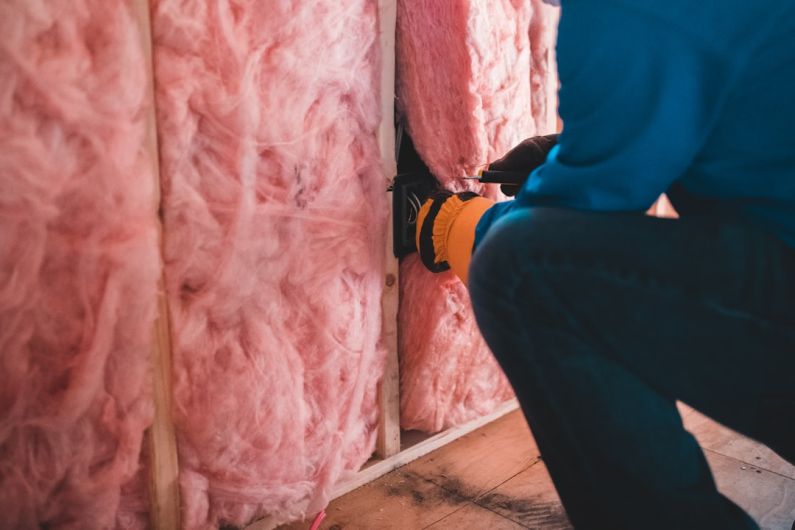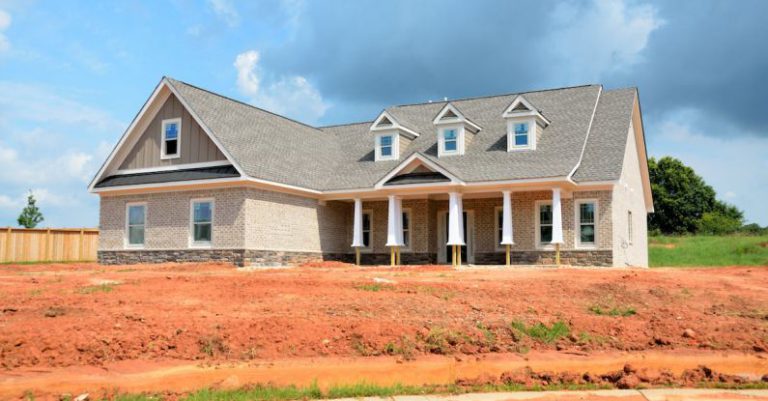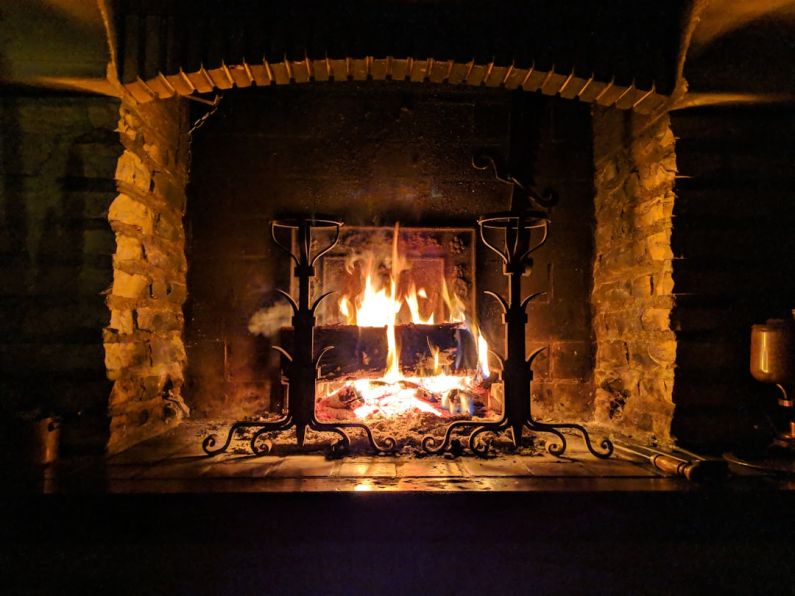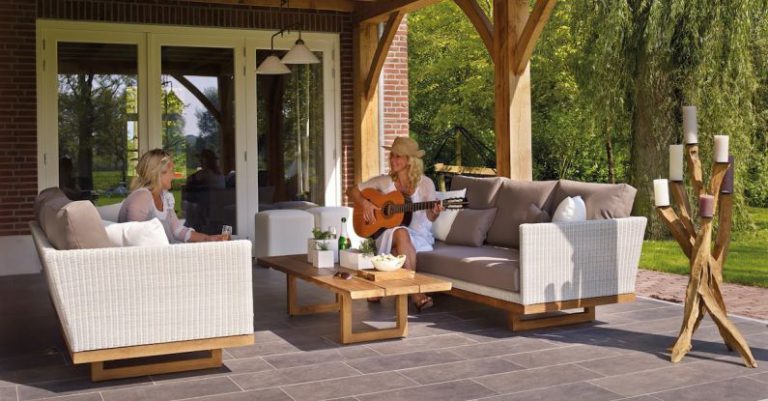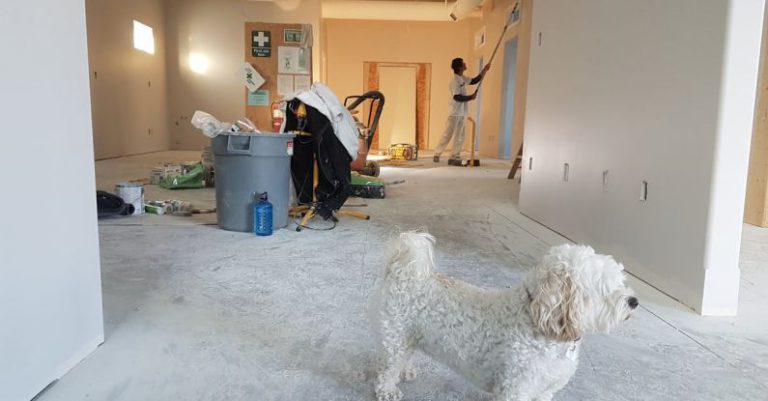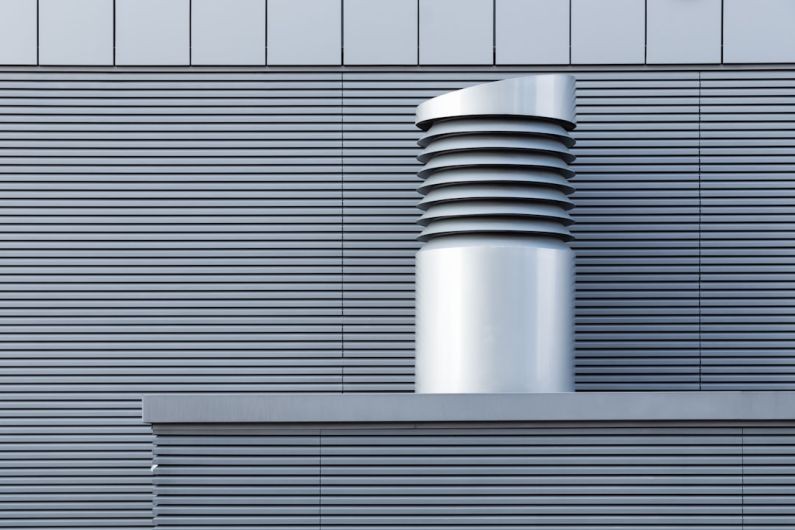What’s the Best Way to Add Insulation to Your Home?
If you’re looking to improve the energy efficiency of your home and reduce your utility bills, adding insulation is a great place to start. Insulation can help keep your home warm in the winter and cool in the summer, making it more comfortable year-round. But with so many options available, it can be difficult to know which is the best way to add insulation to your home. In this article, we’ll explore some of the most popular methods and help you determine which one is right for you.
1. Blown-In Insulation
Blown-in insulation, also known as loose-fill insulation, is a popular choice for both new construction and existing homes. It involves using a machine to blow loose insulation material, such as fiberglass or cellulose, into the spaces between your walls or in your attic. This method is particularly effective at filling small gaps and crevices, ensuring a tight seal and maximum energy efficiency. It’s also relatively quick and easy to install, making it a cost-effective option for many homeowners.
2. Batt Insulation
Batt insulation, also known as blanket insulation, comes in pre-cut panels or rolls and is typically made of fiberglass or mineral wool. It’s a popular choice for insulating walls, floors, and ceilings, as it can be easily fitted between studs and joists. Batt insulation is also relatively affordable and can provide excellent thermal performance when installed correctly. However, it’s important to note that proper installation is key to achieving maximum effectiveness, as any gaps or compression can reduce its R-value.
3. Spray Foam Insulation
Spray foam insulation is a versatile option that can be used in a variety of applications, including walls, roofs, and crawl spaces. It’s made by mixing two chemicals that react and expand when sprayed, creating a foam that fills the space and provides an airtight seal. Spray foam insulation offers excellent thermal performance and can also help reduce noise transmission. However, it’s typically more expensive than other insulation methods and requires professional installation to ensure proper application.
4. Reflective Insulation
Reflective insulation, also known as radiant barrier insulation, is designed to reduce heat transfer by reflecting radiant heat away from the living space. It’s typically installed in attics, under roofs, or on walls facing the sun. Reflective insulation consists of a reflective material, such as aluminum foil, sandwiched between layers of insulation. While it’s not as effective at reducing conductive or convective heat transfer, it can be a cost-effective option in hot climates where radiant heat is a significant source of heat gain.
5. Insulated Siding
If you’re considering upgrading your home’s exterior, insulated siding is worth considering. Insulated siding combines traditional vinyl or fiber cement siding with a layer of foam insulation, providing both aesthetic appeal and improved energy efficiency. It helps reduce thermal bridging, a common issue with traditional siding, and can help keep your home more comfortable and energy-efficient. While insulated siding is a more expensive option, it can provide long-term savings on energy bills and increase your home’s resale value.
In conclusion, adding insulation to your home is a wise investment that can improve energy efficiency and reduce utility bills. The best way to add insulation will depend on your specific needs, budget, and the areas of your home you want to insulate. Whether you choose blown-in insulation, batt insulation, spray foam insulation, reflective insulation, or insulated siding, be sure to consult with a professional to ensure proper installation and maximum effectiveness. With the right insulation, you can enjoy a more comfortable home and long-term energy savings.
